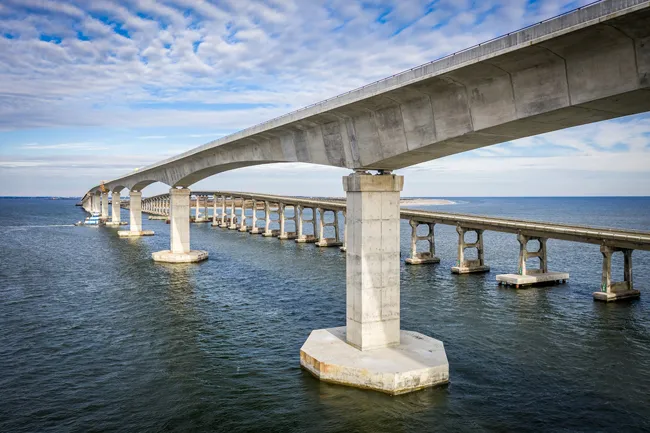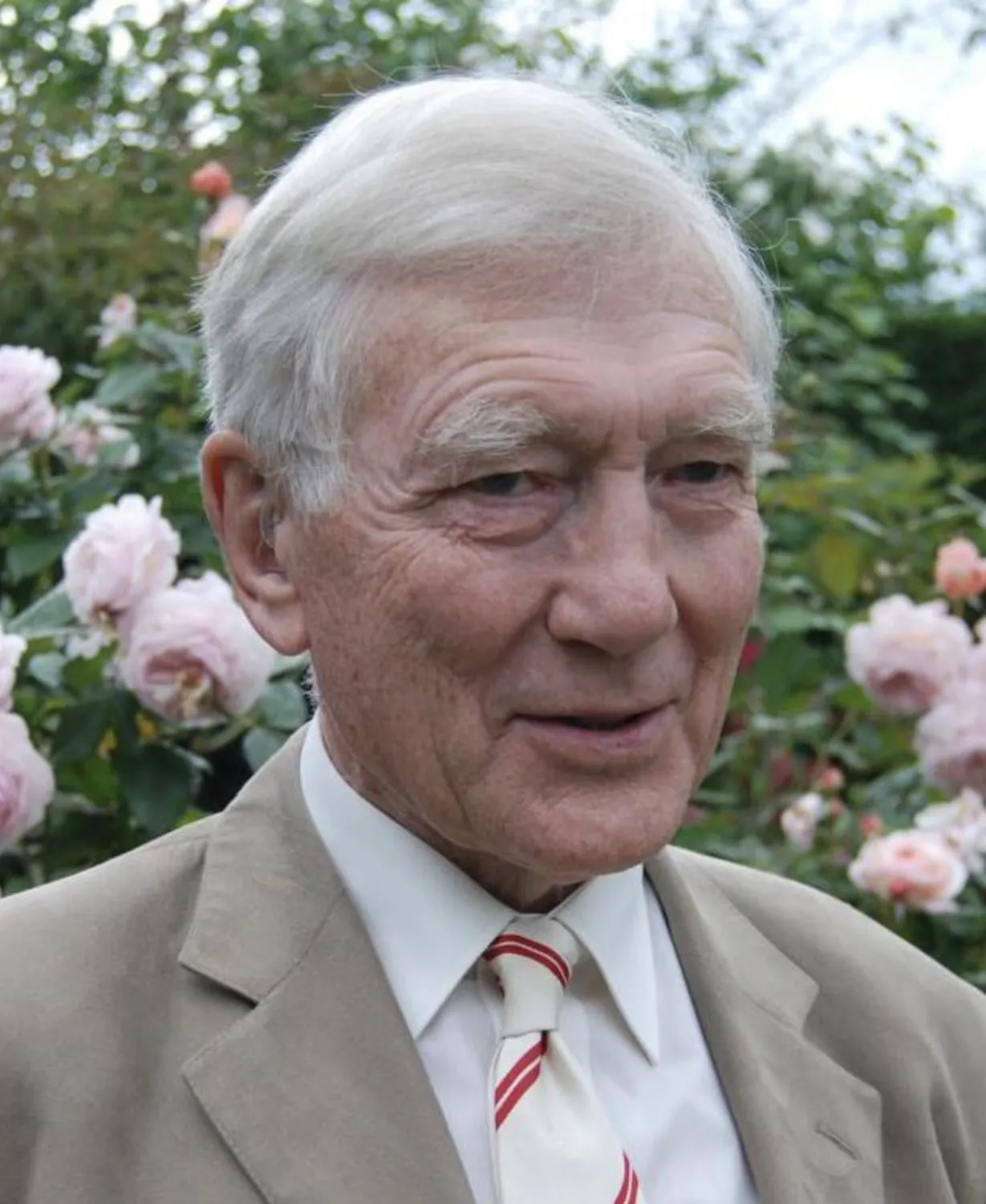
The
The new 4.5km bridge provides a 100-year service life, resists unprecedented scour depths and minimizes environmental impacts while offering a reliable, safe passageway for residents, visitors and tourists. As the lead design firm, HDR provided all roadway, geotechnical and bridge design as well as environmental permitting services for the new bridge.
The structure provides a critical link across the Oregon Inlet — widely acknowledged as the most dangerous channel on the Atlantic Coast. Its predecessor, the Herbert C Bonner Bridge, suffered from severe scour and deterioration in the harsh marine environment, resulting in regular maintenance, repair and retrofitting by the
“For many years, the potential scour design challenges have been known,” said geotechnical engineer Brian Keaney. “However, through a lot of hard work and our understanding of the subsurface conditions, our geotechnical team pioneered innovative pile verification methods that NCDOT and the design-builder accepted to solve this unique problem.”
An innovative bridge foundation design that used a combination of jetting and driving to install precast, prestressed concrete piles was key to project success. The foundations were designed to resist scour depths as great as 25.6m. Installing piles to the needed depths meant developing a first-of-its-kind method for calculating scour loss.
“Throughout this project, I’ve told people that the replacement of the Bonner Bridge isn’t a bridge job; it’s a complex marine foundation job with a bridge stuck on top,” said Domenic Coletti, design manager for the project. “The foundations were the key to the entire project.”
To maximise efficiency, the bridge was divided into five “regions,” with the design of each region’s foundations tailored to fit its distinctive subsurface and scour conditions, span length and height requirements, and load demands. In total, there are 690 piles measuring more than 24km in length combined.
The new bridge opened to traffic on February 25th, 2019, and provides a modern link between Bodie and Hatteras Islands.









